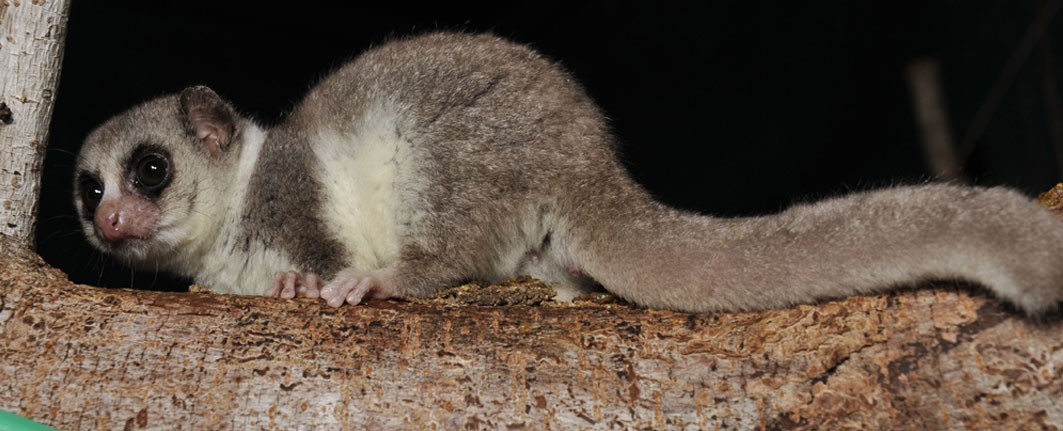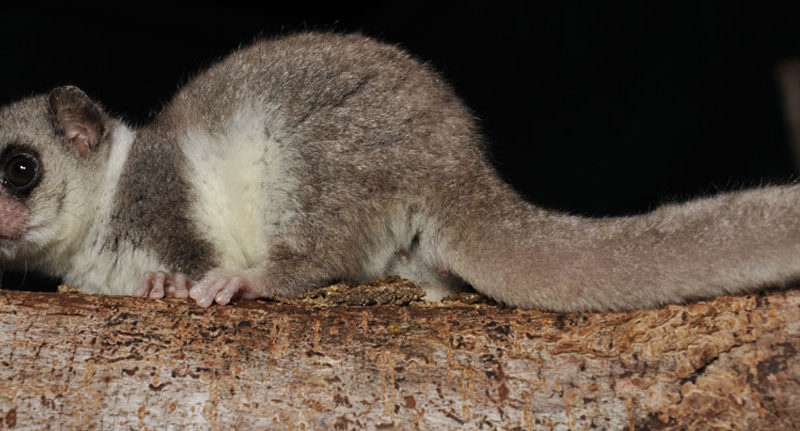
Madagascar Dwarf Lemurs: The Hidden Nocturnal Treasures of Madagascar
Madagascar, known for its incredible biodiversity, is home to some of the most fascinating primates in the world. Among them, Madagascar Dwarf lemurs stand out for their unique behavior, hibernation-like torpor, and nocturnal lifestyle. These small lemurs, related to mouse lemurs, are an essential part of Madagascar’s forest ecosystems and a must-see for wildlife enthusiasts.
What Are Madagascar Dwarf Lemurs?
Madagascar Dwarf lemurs are small, nocturnal primates belonging to the family Cheirogaleidae, the same family as mouse lemurs. They are remarkable as the only primates known to enter a hibernation-like state during the dry season, which typically lasts from May to September. During this period, they rely on fat reserves stored in their tails to survive.
Despite their fascinating biology, the taxonomy of dwarf lemurs remains imperfectly understood. Several species have yet to be formally described, making Madagascar Dwarf lemurs an exciting subject for primatologists and wildlife researchers.
Distribution of Madagascar Dwarf Lemurs
These lemurs are found almost throughout Madagascar in various habitats, including:
-
Primary forest
-
Secondary forest
-
Plantations and human-modified areas
However, Madagascar Dwarf lemurs are generally absent from the High Plateau and are rare in the southwest. Their distribution is often species-specific, and knowing the location of a sighting can help identify which dwarf lemur species you are observing.
How to Identify Madagascar Dwarf Lemurs
Identifying Madagascar Dwarf lemurs can be challenging due to their similarity to other small lemurs:
-
Larger and slower-moving than mouse lemurs
-
Smaller and more horizontal in posture than sportive lemurs
-
Resemble fork-marked lemurs but with smaller ears, no back fork mark, slower movements, and quieter vocalizations
There are three main groups of dwarf lemurs based on geography and appearance:
-
Western and Northern Medius Complex – Includes the Fat-tailed Dwarf Lemur. Cold grey above, white below, minimal warm tones.
-
Eastern and Northern Crossleyi Complex – Includes Montagne d’Ambre Dwarf Lemur. Broad black eye rings with rufous-brown coloring on the head and body in some individuals.
-
Eastern Major Complex – Includes Greater Dwarf Lemur. Intermediate brown coloration on the body and head, less black on the face compared to the Crossleyi Complex.
Range is often the most reliable indicator for identifying specific species of Madagascar Dwarf lemurs.
Behavior and Lifestyle of Dwarf Lemurs
Madagascar Dwarf lemurs are generally quiet, moving slowly through the trees with a horizontal posture. Their calls include:
-
Screams during territorial confrontations
-
Rising squeaks
-
High-pitched “kak-kak-kak” similar to the Broad-billed Roller bird
These lemurs give birth during the wet season, producing 1–4 offspring, with 2–3 being most common. Their diet is diverse, including:
-
Fruits
-
Nectar
-
Leaves and buds
-
Insects
Their nocturnal habits and specialized diet make them a critical part of Madagascar’s ecosystem, helping with seed dispersal and maintaining forest health.
The Hibernation-Like Torpor of Dwarf Lemurs
One of the most fascinating traits of Madagascar Dwarf lemurs is their ability to enter a hibernation-like state during the dry season. This torpor allows them to conserve energy and survive periods when food is scarce. Fat stored in their tails becomes their primary energy source, a rare adaptation among primates.
This unique behavior not only highlights the adaptability of Madagascar’s wildlife but also makes Madagascar Dwarf lemurs a subject of interest for scientific studies on primate hibernation.
Why they are Important for Conservation
Madagascar’s forests are under significant threat from deforestation and habitat degradation. Protecting Dwarf lemurs is essential for maintaining ecological balance. These lemurs act as pollinators and seed dispersers, contributing to forest regeneration and overall biodiversity.
Conservation efforts include:
-
Protecting forest habitats
-
Supporting reforestation projects
-
Encouraging eco-tourism that benefits local communities
Where to See
For wildlife enthusiasts visiting Madagascar, spotting Dwarf lemurs can be a thrilling experience. The best locations include:
-
Montagne d’Ambre National Park
-
Kirindy Forest
-
Andasibe-Mantadia National Park
Night walks with experienced guides are recommended, as dwarf lemurs are nocturnal and best observed during nighttime hours.
Conclusion
Madagascar Dwarf lemurs are extraordinary primates with unique adaptations and fascinating behaviors. From their hibernation-like torpor to their quiet nocturnal lifestyle, they are a symbol of Madagascar’s remarkable biodiversity. Protecting their habitats ensures that these small yet captivating lemurs continue to thrive for generations of wildlife enthusiasts and researchers alike.
HT AGENCY TOURS
Luxury Madagascar with the best luxury African safari tours packages. Discover your next perfect destination with HT Agency Tours

